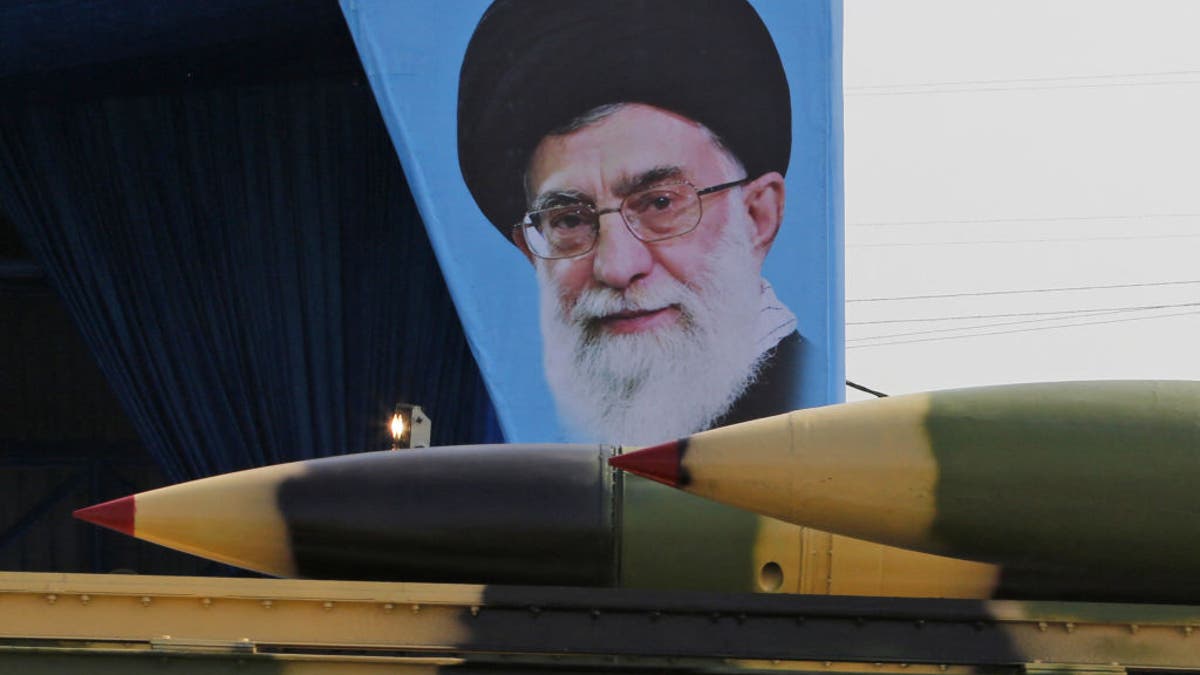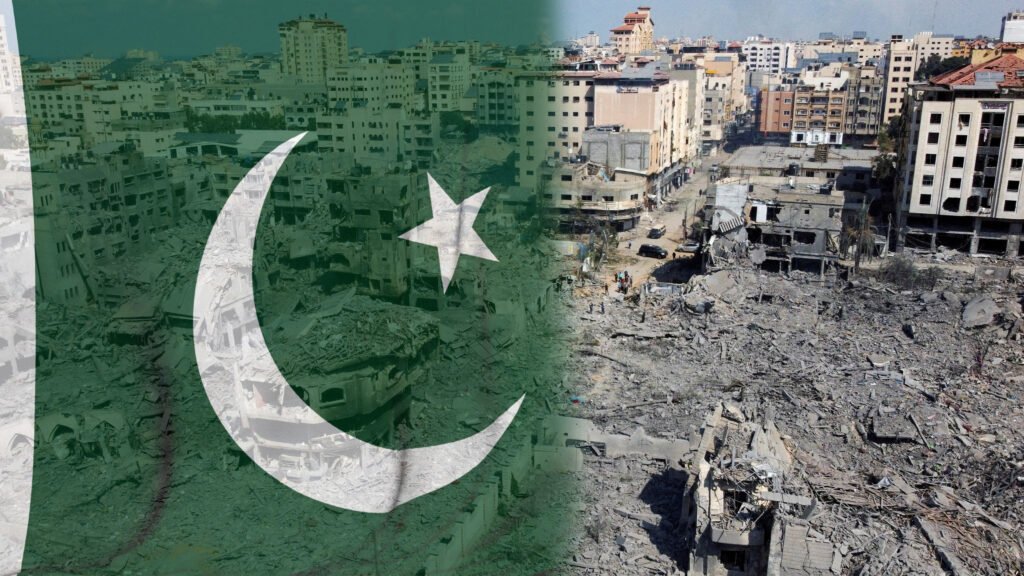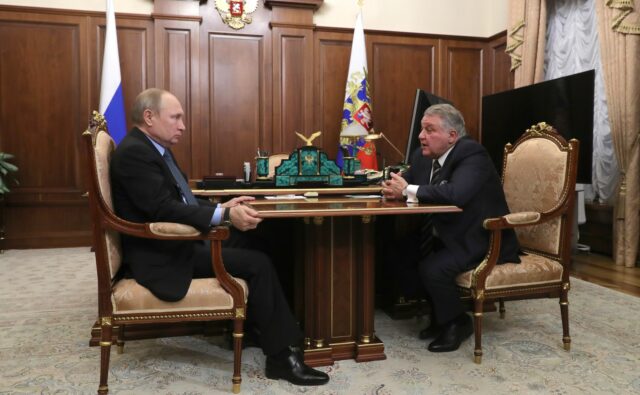
Published December 19, 2023 8:00am EST
To understand the dangers of a nuclear Iran, see Pakistan
US and its partners would find an emboldened, nuclear-powered Iran extremely difficult to stop
Iran’s goal is to ‘dominate and control’ the region: Gen. Jack Keane
Fox News senior strategic analyst Gen. Jack Keane (Ret.) provides analysis of the growing unrest in the Middle East after a cargo ship in the Red Sea was targeted by Houthi rebels.
NEWYou can now listen to Fox News articles!
The horrors of Hamas’ attacks on Israel have refocused the world’s attention on the primitive savagery of Islamist terrorism. But to protect against this threat, we must address a problem at the other end of the technological spectrum: the danger of a nuclear Iran.
Iran played a central role in the Israel attacks, providing crucial material and political support to Hamas. Currently, Iran-backed Hezbollah is engaging Israel from the north, complicating Israeli operations in Gaza. Meanwhile, Iranian proxies launch attacks on U.S. forces in Iraq and Syria.
Today’s Iran, armed only with conventional weapons, is aggressive and dangerous. But tomorrow’s Iran will become even more so if it realizes its long-standing ambition to develop nuclear weapons.
An Iranian military truck carries surface-to-air missiles past a portrait of Iran’s supreme leader, Ayatollah Ali Khamenei, during a parade in Tehran on April 18, 2018. (Atta Kenare/AFP via Getty Images)
A nuclear Iran’s likely strategy is not a mystery. For a preview, we need only revisit the behavior of nuclear-armed Pakistan.
Following its birth in 1947, Pakistan sought to wrest the territory of Kashmir from India, causing decades of bloody conflict. When Pakistan acquired nuclear weapons in the late 1990s, it redoubled its efforts to take Kashmir with a combination of proxy and regular military forces, confident that its nuclear shield would limit Indian retaliation.
The result was even greater conflict than before, including India and Pakistan’s first war in 28 years. Since then, the dispute has ground on, with periodic eruptions of violence killing thousands of Indians and threatening to trigger a larger war.
A nuclear Iran would take a page from Pakistan’s playbook. Iran would deploy its proxies across the Middle East more aggressively than before, using regular military forces where necessary, insulated from retaliation.
The United States and its partners would find such an emboldened Iran extremely difficult to stop. The result would be further violence against Israel, and more bloodshed and instability in Lebanon, Syria and Iraq, which could spiral into regional war.
As the Pakistan case makes clear, a nuclear-armed Iran would be exceptionally dangerous. What does Pakistan suggest the United States and its partners should do about the menace of a nuclear Iran?
First, Pakistan reminds us not to ignore the seriousness of the Iranian nuclear problem. When India and Pakistan acquired nuclear weapons in the late 1990s, many experts underestimated the danger, believing that nuclear weapons would deter violence and stabilize South Asia.
But in fact, nuclear Pakistan became bolder and more aggressive. Similarly, nuclear weapons will embolden, rather than moderate, the behavior of a nuclear Iran.
Second, Pakistan shows that the U.S. must not inadvertently support the bad Iranian behavior that it wishes to oppose. During the War on Terror, the United States gave Pakistan tens of billions of dollars in aid, even as the Pakistanis continued to support proxy groups, including Lashkar-e-Toiba and the Taliban, in South Asia and Afghanistan.
Similarly, U.S. policy toward Iran has often supported rather than stymied Tehran’s nuclear efforts. For example, the Obama administration’s nuclear agreement with Iran, known as JCPOA, sought to restrict Iran’s nuclear program, but afforded Tehran access to over $100 billion in previously frozen assets, as well as a lax inspection regime.
Under the Biden administration, the United States has allowed Iran to pocket tens of billions of dollars in oil revenues ostensibly forbidden by economic sanctions. The administration also has made billions of dollars in frozen Iranian assets available to the mullahs in exchange for the release of American prisoners.
Such cooperative policies provide Iran with the time and resources it needs to advance its nuclear ambitions. A return to the “maximum pressure” of the Trump administration’s sanctions regime wouldn’t end Iran’s nuclear program. But aggressive sanctions would at least increase the economic headwinds for Iran, undermining its nuclear efforts.
We also should be willing to use tailored force to set back Iran’s nuclear program. Slowing Iran’s progress can buy time while we wait for more moderate leadership, or possibly regime change, in Tehran. Even the most ossified dictatorships don’t last forever.
Third, Pakistan shows that we must devise military strategies to resist Iran if it becomes a nuclear power. India, through calibrated military operations, has retaliated against Pakistan in a number of instances, including a high-intensity campaign in the mountains of Kashmir following the two countries’ nuclear tests.
India continues to develop strategies to punish Pakistan without triggering nuclear war. These measures haven’t ended Pakistani provocations. But they have demonstrated Indian resolve and shown that Pakistan will pay a price for masterminding regional violence.
We should devise similarly calibrated military strategies to impose costs on Iran without triggering all-out conflict. Even if we succeed, such strategies will make a bad situation only a little better. But as India learned with nuclear Pakistan, if Iran manages to get nuclear weapons, a little better may be the best we can do.













:quality(70)/cloudfront-eu-central-1.images.arcpublishing.com/thenational/UDH2DYZDDRAD7DJA4F5FEU6YOM.jpg)
:quality(70)/s3.amazonaws.com/arc-authors/thenational/8561a50f-2395-4f92-8dcd-786210936b5e.png)
